HemoSphere – Prototyping of Blood-Processing Microfluidics in the HPC cloud
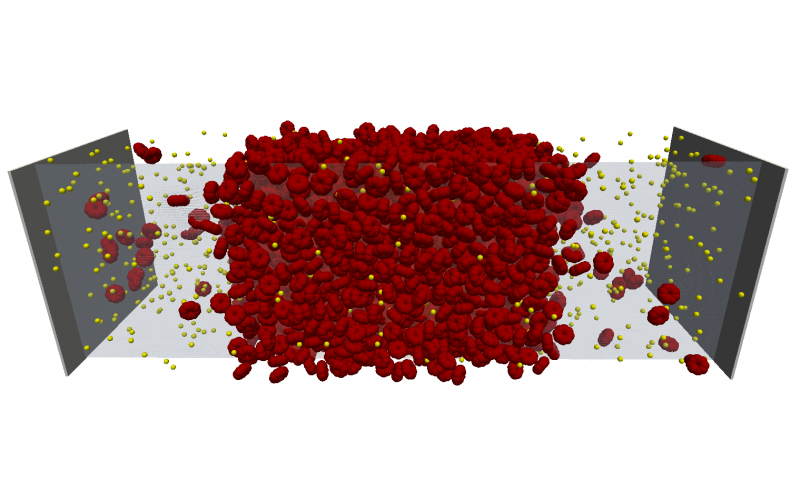
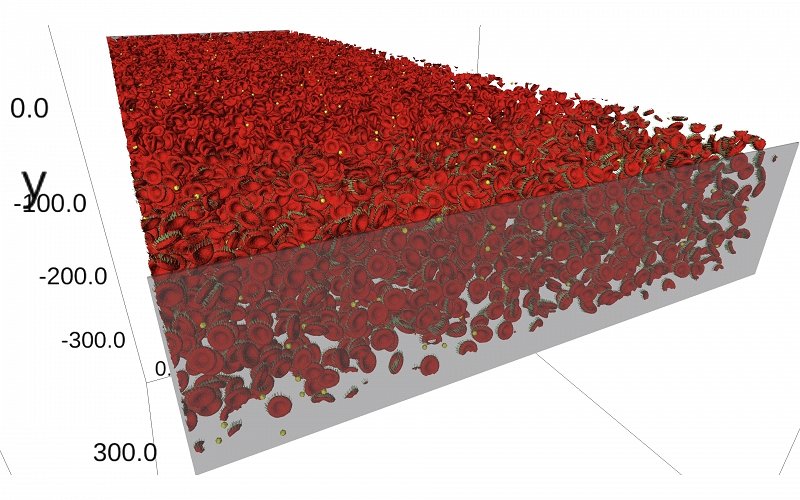

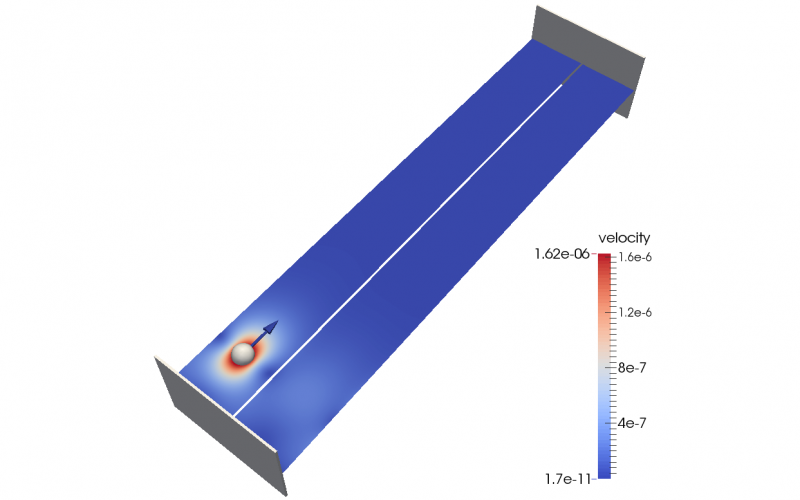
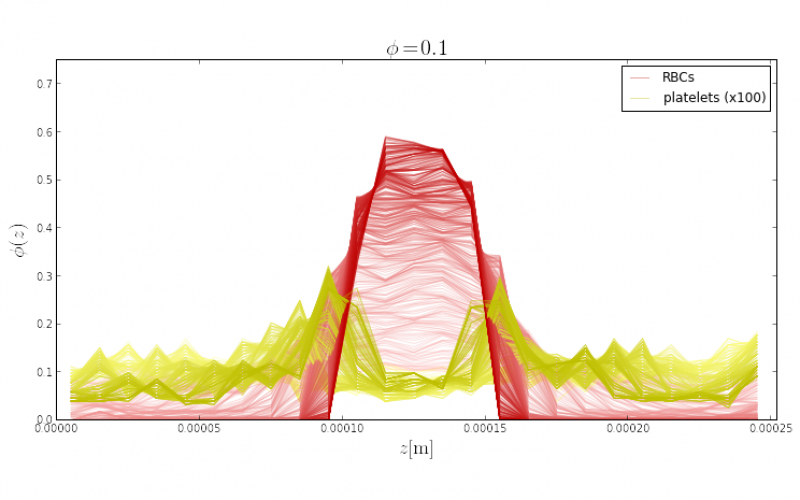
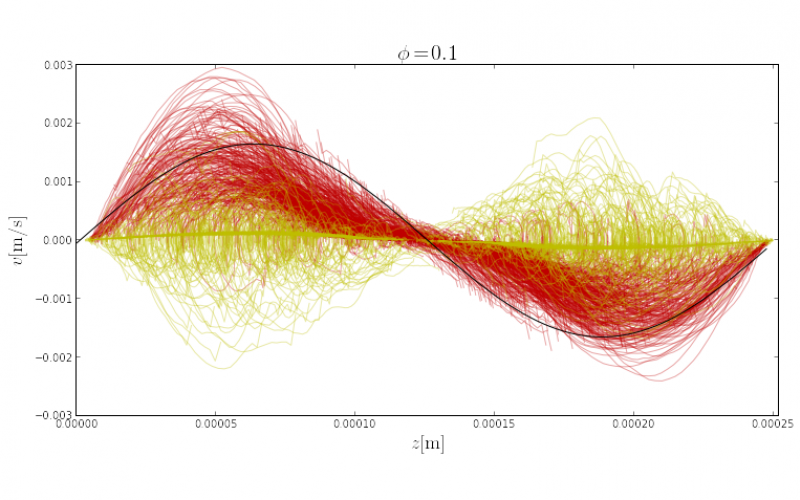
AENITIS TECHNOLOGIES S.A.S. (End User) is a French microfluidic company that is developing a blood sorting device. ELECTRIC ANT LAB B.V. (ISV) is a Dutch software company that specialises in complex fluid simulations. SURFSARA (HPC Provider) is the operating company for the Dutch national super computer, HPC centre Cartesius.
The Challenge
Electric Ant Lab (EAL) has developed HemoSphere for the detailed simulation of complex fluids. This technology can be applied to prototyping microfluidic chips. The microfluidics industry is a young medical technology and equipment field where small-scale phenomena are difficult to observe. In this field there is a large demand for more cost-effective and methods as opposed to trial-and-error process for prototyping new chips.
The challenge facing this experiment was to replicate the behaviour and small-scale phenomena of an acoustophoresis chip into a browser-based simulation tool.
The Solution
A simulation model of the microfluid device of Aenitis was developed which is much truer to reality than previously used models. This was achieved by explicitly incorporating the generation of a soundwave in the system. Rather than assuming that the soundwave induces certain forces, the model allows the acoustic forces to develop naturally from the interaction of the soundwave with the particles (blood cells) present in the microfluidic channel. In this way, more insight and understanding of the processes in the microfluidics device could be generated.
Business Impact
The use of simulations in the development of acoustophoretic microfluid devices as developed at Aenitis can significantly reduce development costs. In the laboratory, a single microfluidics geometry needs to undergo a large series of tests to assess its performance. With the same approach in HemoSphere, these development iterations can be run faster. More information about the fluid behaviour will also be generated, as these phenomena are not easy to research visually. In the laboratory only one experiment iteration at the same time can be achieved. In HemoSphere multiple experiments can be executed at the same time.
For microfluidic companies this approach can create a tremendous impact on the time spent in the development and prototyping stage of the microfluidic chip design process. It also requires less resources in terms of produced physical prototypes and the usage of human blood samples.
Benefits
- Savings between 20k EUR and 25kEUR for a single prototype.
- Time saving: experiments in the physical lab can take about 4-6 months, where the virtual experiments can be performed in a matter of days or weeks.
